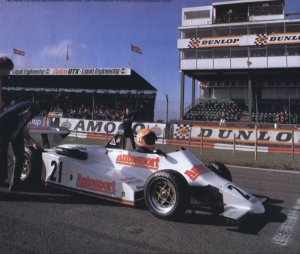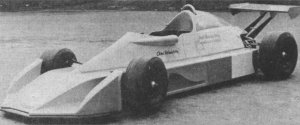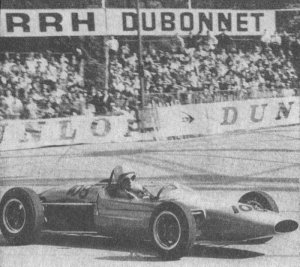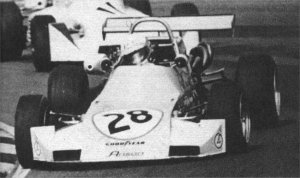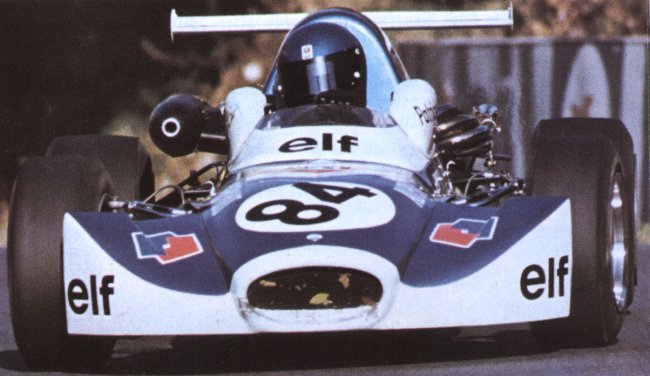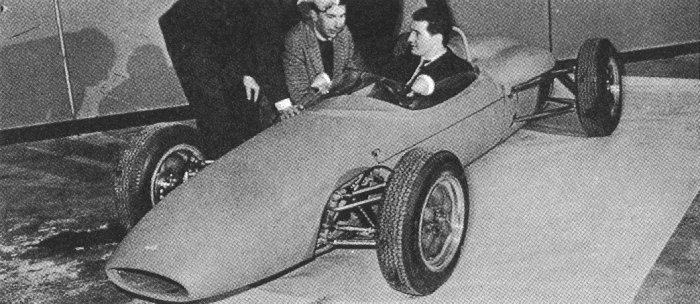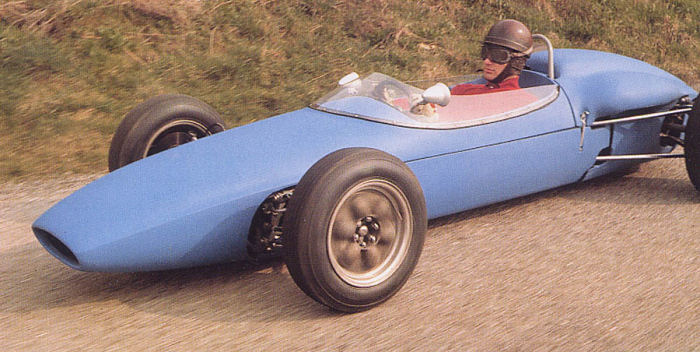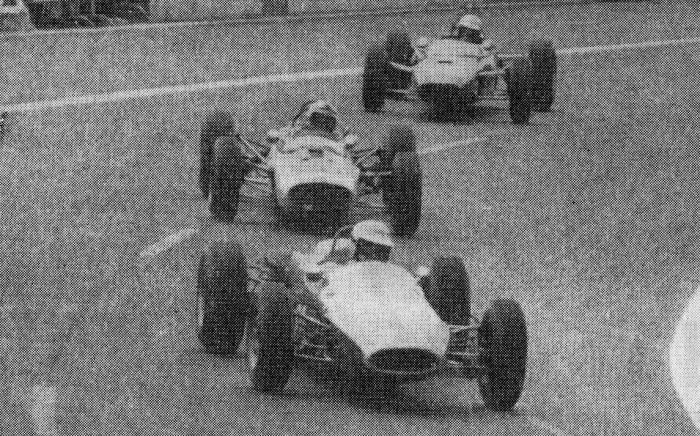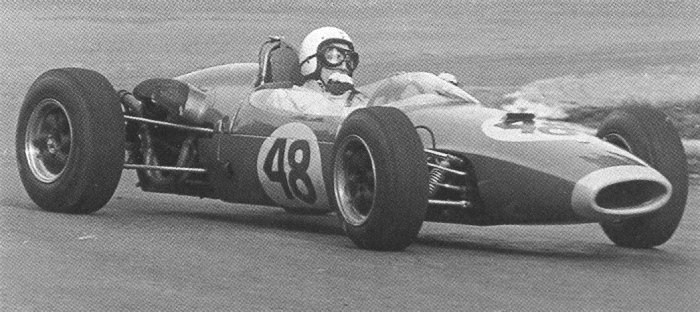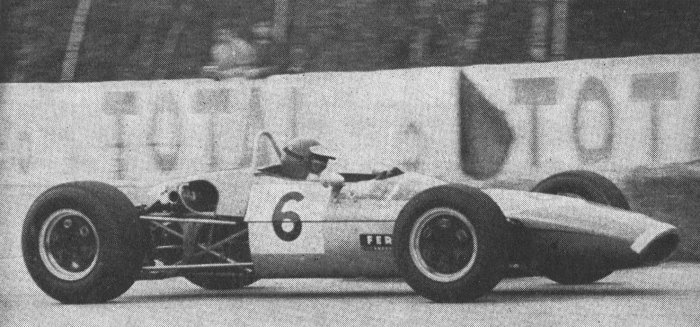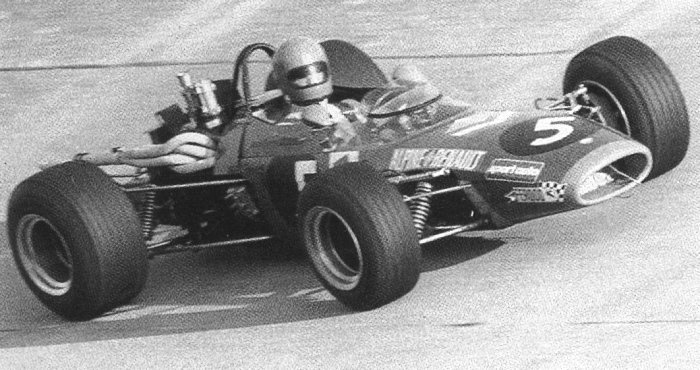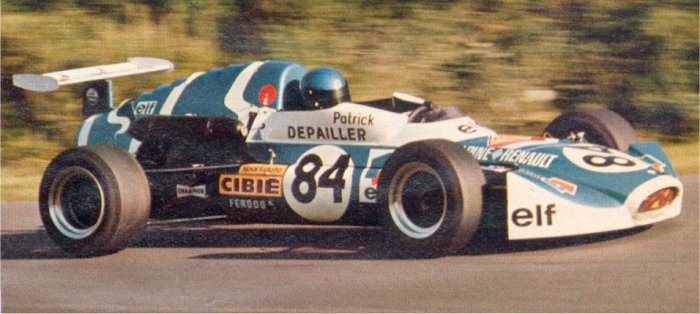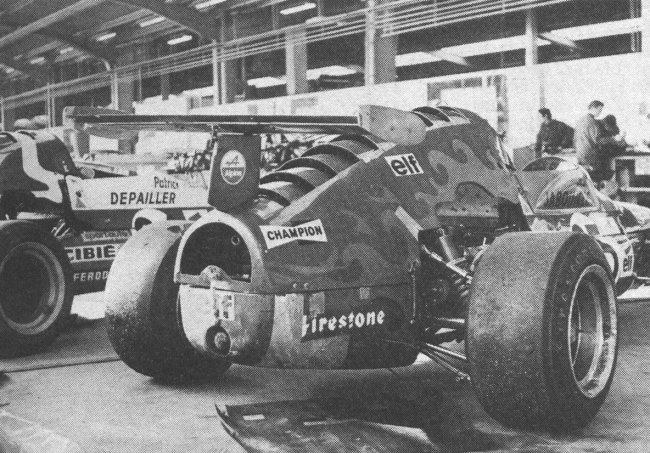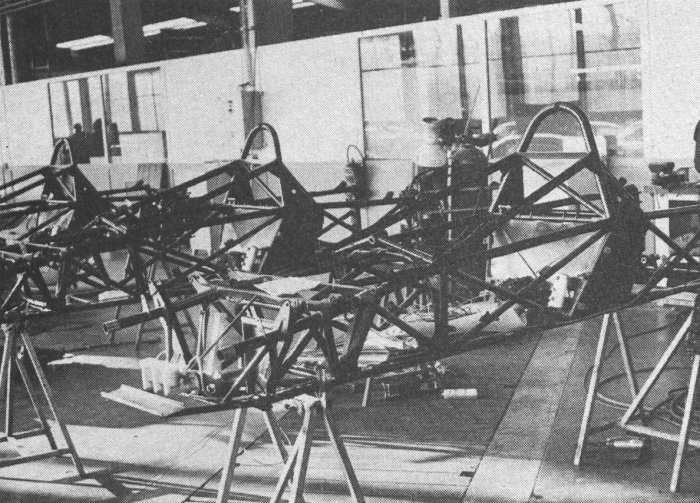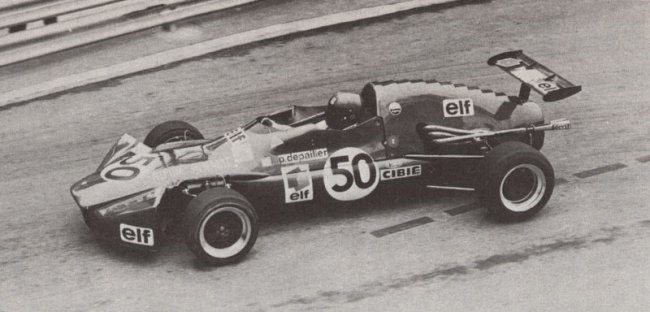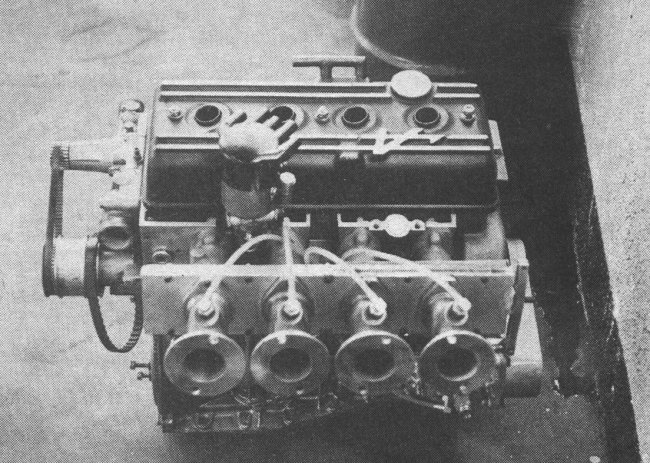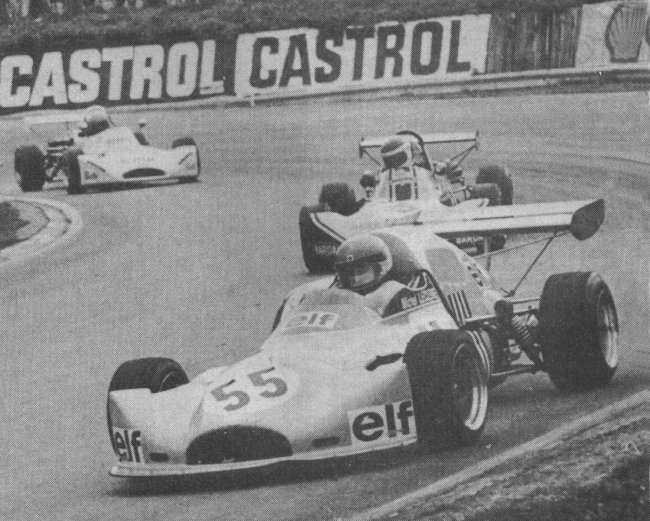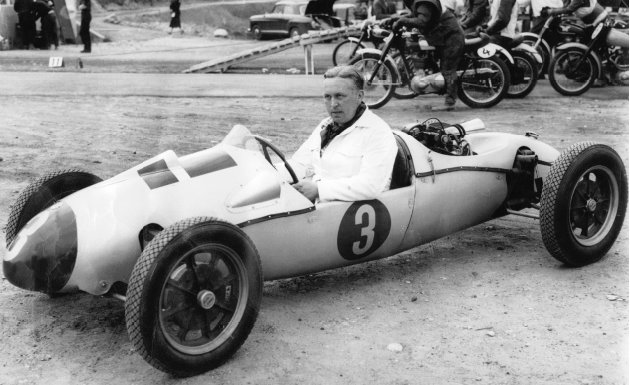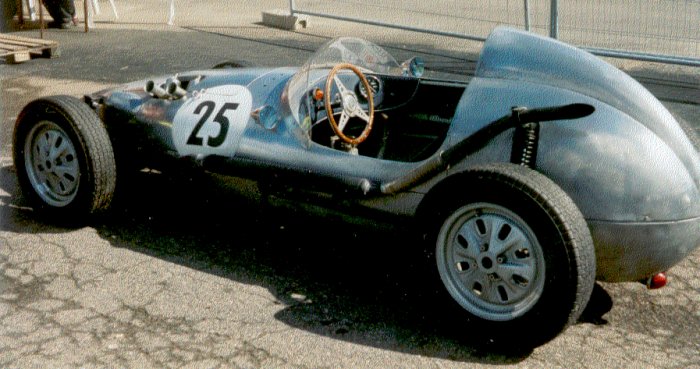1964 Lucian Bianchi, Mauro Bianchi, Henri Grandsire.
1965
A310
René Abbal, Jean Audhuy, Jean-Pierre Beynac, Lucian Bianchi, Mauro Bianchi, Philippe Bouillot, Jean-Jacques Dalmas, Henri Grandsire, Henri Julien, Dominique Lledo, Willy Mairesse, Jean Max, Pierre Monneret, Eugenio Rebollo, Jean Rolland, José Rosinski, Jean-Claude Schoepp, Philippe Vidal, Roby Weber.
1966 A310
Alex Astruc, Mauro Bianchi, Gérard Brun, Henri Grandsire, Patrice Gransart, Jean-Claude Lhoro, Jean Meiffret, Carlos Alberto Pairetti, François Rabbione, Gilbert Thollon, Jean Vinatier, Roby Weber.
1967
A310
Alex Astruc, Mauro Bianchi, François Cévert, Denis Dayan, Patrick Depailler, Jean Huffschmidt, Jean Meiffret, Bernard Morin, Joseph Thomas.
1968 A310
François Cévert, Patrick Depailler, François Mazet.
1969
A330
Patrick Depailler.
A360
Jean-Pierre Jabouille.
1970 A360
Jean-Claude Guenard.
1971 A360
Jean-Claude Andruet, Patrick Depailler, Jean-Pierre Jabouille.
1972
A364
Thomas Betzler, Patrick Depailler, Werner Haug, Jean-Pierre Jabouille, Dieter Kern, Michel Leclère, Alain Serpaggi, Werner Schommers.
A360
Patrick Depailler, Lucien Guitteny, Linguard Goulding.
1973
A364/B
Thomas Betzler, Lucien Guitteny, Michel Leclère, Werner Schommers, Alain Serpaggi.
A360
Allan Davies.
1974 A364
Dieter Kern
1975 A364
Dieter Kern, Kurt Pfunder.
1976 A364
Dieter Kern.

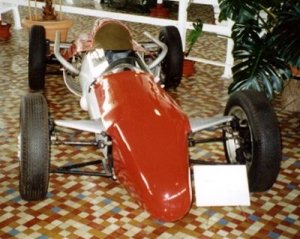




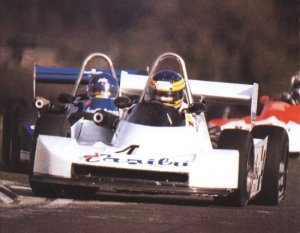
 A new car was needed for 1979 and the JM3 was the answer, it consisted of a slim monocoque with wide sidepods and one-piece bodywork. Racing Team Holland ran a pair without success so Roberto Guerrero became the focus of development. Towards the end of the season a revised car with stiffer suspension, monocoque and harder dampers was tried with some signs of improvement.
A new car was needed for 1979 and the JM3 was the answer, it consisted of a slim monocoque with wide sidepods and one-piece bodywork. Racing Team Holland ran a pair without success so Roberto Guerrero became the focus of development. Towards the end of the season a revised car with stiffer suspension, monocoque and harder dampers was tried with some signs of improvement.


